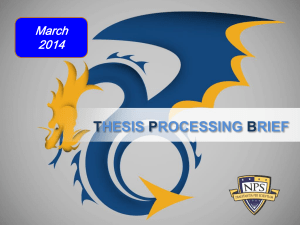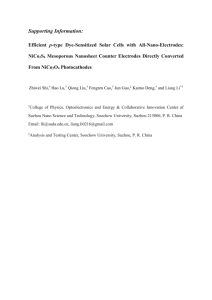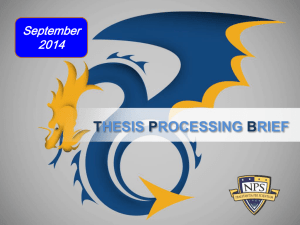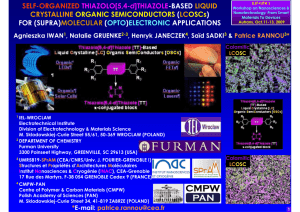Design and investigation of liquid crystal superlattice
advertisement
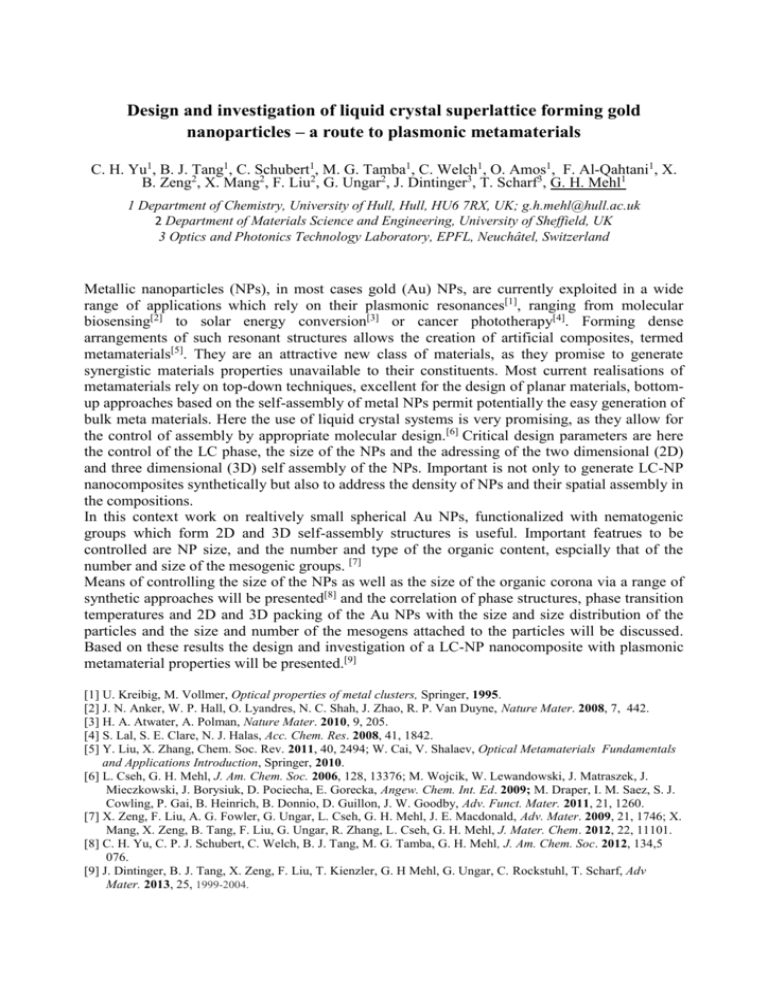
Design and investigation of liquid crystal superlattice forming gold nanoparticles – a route to plasmonic metamaterials C. H. Yu1, B. J. Tang1, C. Schubert1, M. G. Tamba1, C. Welch1, O. Amos1, F. Al-Qahtani1, X. B. Zeng2, X. Mang2, F. Liu2, G. Ungar2, J. Dintinger3, T. Scharf3, G. H. Mehl1 1 Department of Chemistry, University of Hull, Hull, HU6 7RX, UK; g.h.mehl@hull.ac.uk 2 Department of Materials Science and Engineering, University of Sheffield, UK 3 Optics and Photonics Technology Laboratory, EPFL, Neuchâtel, Switzerland Metallic nanoparticles (NPs), in most cases gold (Au) NPs, are currently exploited in a wide range of applications which rely on their plasmonic resonances[1], ranging from molecular biosensing[2] to solar energy conversion[3] or cancer phototherapy[4]. Forming dense arrangements of such resonant structures allows the creation of artificial composites, termed metamaterials[5]. They are an attractive new class of materials, as they promise to generate synergistic materials properties unavailable to their constituents. Most current realisations of metamaterials rely on top-down techniques, excellent for the design of planar materials, bottomup approaches based on the self-assembly of metal NPs permit potentially the easy generation of bulk meta materials. Here the use of liquid crystal systems is very promising, as they allow for the control of assembly by appropriate molecular design.[6] Critical design parameters are here the control of the LC phase, the size of the NPs and the adressing of the two dimensional (2D) and three dimensional (3D) self assembly of the NPs. Important is not only to generate LC-NP nanocomposites synthetically but also to address the density of NPs and their spatial assembly in the compositions. In this context work on realtively small spherical Au NPs, functionalized with nematogenic groups which form 2D and 3D self-assembly structures is useful. Important featrues to be controlled are NP size, and the number and type of the organic content, espcially that of the number and size of the mesogenic groups. [7] Means of controlling the size of the NPs as well as the size of the organic corona via a range of synthetic approaches will be presented[8] and the correlation of phase structures, phase transition temperatures and 2D and 3D packing of the Au NPs with the size and size distribution of the particles and the size and number of the mesogens attached to the particles will be discussed. Based on these results the design and investigation of a LC-NP nanocomposite with plasmonic metamaterial properties will be presented.[9] [1] U. Kreibig, M. Vollmer, Optical properties of metal clusters, Springer, 1995. [2] J. N. Anker, W. P. Hall, O. Lyandres, N. C. Shah, J. Zhao, R. P. Van Duyne, Nature Mater. 2008, 7, 442. [3] H. A. Atwater, A. Polman, Nature Mater. 2010, 9, 205. [4] S. Lal, S. E. Clare, N. J. Halas, Acc. Chem. Res. 2008, 41, 1842. [5] Y. Liu, X. Zhang, Chem. Soc. Rev. 2011, 40, 2494; W. Cai, V. Shalaev, Optical Metamaterials Fundamentals and Applications Introduction, Springer, 2010. [6] L. Cseh, G. H. Mehl, J. Am. Chem. Soc. 2006, 128, 13376; M. Wojcik, W. Lewandowski, J. Matraszek, J. Mieczkowski, J. Borysiuk, D. Pociecha, E. Gorecka, Angew. Chem. Int. Ed. 2009; M. Draper, I. M. Saez, S. J. Cowling, P. Gai, B. Heinrich, B. Donnio, D. Guillon, J. W. Goodby, Adv. Funct. Mater. 2011, 21, 1260. [7] X. Zeng, F. Liu, A. G. Fowler, G. Ungar, L. Cseh, G. H. Mehl, J. E. Macdonald, Adv. Mater. 2009, 21, 1746; X. Mang, X. Zeng, B. Tang, F. Liu, G. Ungar, R. Zhang, L. Cseh, G. H. Mehl, J. Mater. Chem. 2012, 22, 11101. [8] C. H. Yu, C. P. J. Schubert, C. Welch, B. J. Tang, M. G. Tamba, G. H. Mehl, J. Am. Chem. Soc. 2012, 134,5 076. [9] J. Dintinger, B. J. Tang, X. Zeng, F. Liu, T. Kienzler, G. H Mehl, G. Ungar, C. Rockstuhl, T. Scharf, Adv Mater. 2013, 25, 1999-2004.



